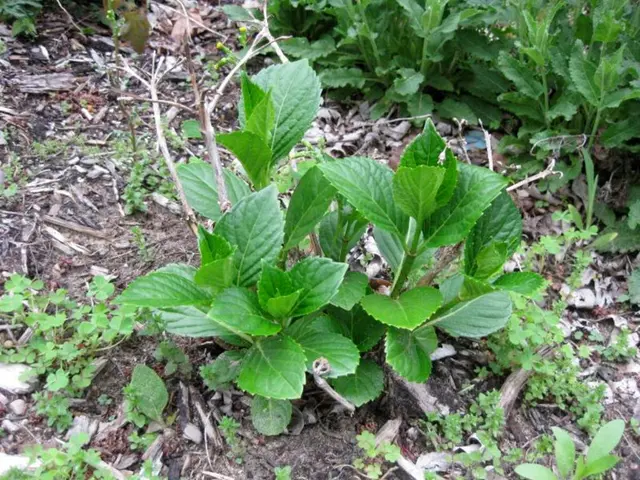Is the peach still safe to consume?
Stone fruits, such as peaches, nectarines, and apricots, are a delightful part of many diets. However, these fruits sometimes develop split pits, a cosmetic imperfection that can raise concerns about their safety. Let's delve into the causes of split pits and the safety aspects of consuming these fruits.
Causes of Split Pits in Stone Fruits
The primary cause of split pits in stone fruits is stress during the growth phase. This stress can be triggered by environmental factors such as water stress, temperature fluctuations, or mechanical injury.
Water-related stress, often due to overwatering or erratic irrigation, causes the internal tissues, including the pit, to expand too rapidly or unevenly, leading to the pit shell cracking or splitting.
Cold snaps or spring freezes during the bloom or early fruit development stage can also disrupt pit formation, resulting in abnormal or split pits.
Early thinning or damage to the fruit can trigger irregular growth or stress responses, contributing to pit splitting.
Human-made factors, such as improper irrigation management, the use of growth regulators, or excessive thinning, can also cause pit splitting. Failure to protect trees from late spring frost can also lead to pit abnormalities.
Safety of Stone Fruits with Split Pits
Despite their appearance, stone fruits with split pits are generally safe to eat, provided there is no sign of mold or rot. The split pit is a structural defect, not a sign of toxicity. However, larger splits can expose the fruit to secondary infections or pests, so visual and sensory inspection is recommended before consumption.
Amygdalin in Stone Fruits
It's essential to note that small amounts of amygdalin, a compound that can be converted into toxic hydrogen cyanide in the body, are found in the flesh of stone fruits. However, the amounts are so small that they pose no significant risk to children or adults when consuming the fruits. The inner pit of stone fruits, on the other hand, should not be eaten due to higher concentrations of amygdalin.
In conclusion, while split pits in stone fruits can be unsightly, they do not necessarily mean the fruit is unsafe to eat. By understanding the causes of split pits and practicing proper inspection before consumption, you can enjoy these delicious fruits with peace of mind. The University of California Agriculture and Natural Resources advises against thinning until the pits are ripe and hard to avoid potential pit splitting.
- In addition to being an integral part of many health-and-wellness and lifestyle diets, stone fruits like peaches, nectarines, and apricots sometimes develop split pits, a cosmetic imperfection that raises food-and-drink safety concerns.
- Proper cooking techniques can ensure healthy-cooking and safe consumption of stone fruits, even those with split pits, as long as there is no evidence of mold or rot.
- Nutritionists emphasize the importance of proper fitness-and-exercise to complement a balanced diet rich in stone fruits, as regular exercise contributes to overall health-and-wellness.
- Increased knowledge about the causes of split pits in stone fruits, such as water stress, temperature fluctuations, or early thinning, can facilitate food-and-drink preparation and sharpen our understanding of the science behind growing these delightful fruits.






